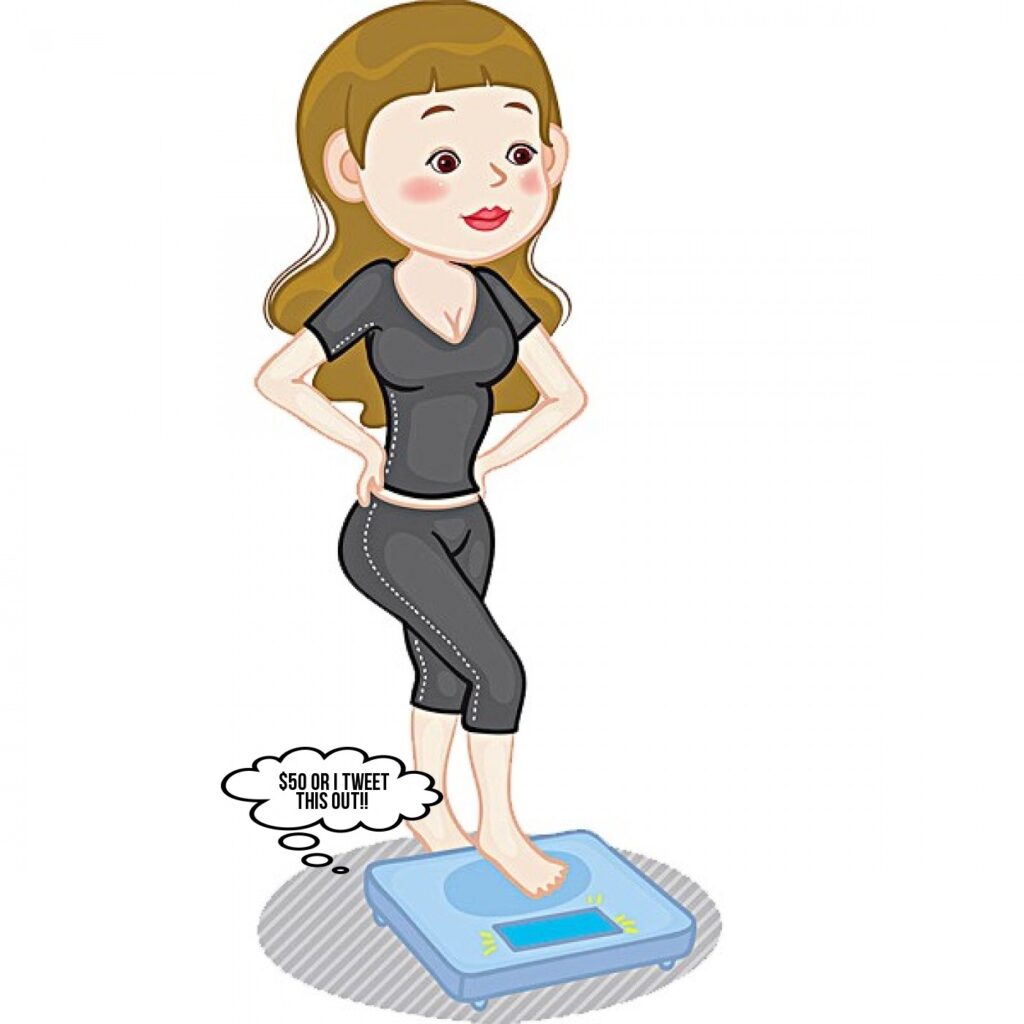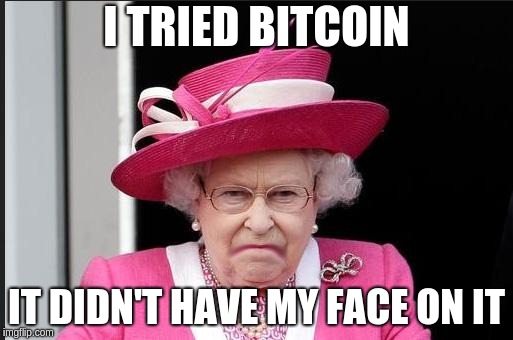Earlier what was called machine to machine was merely an idea and now IoT which is a giant network of connected things is no longer a nascent dream. McKinsey predicts the IoT market will be worth $581B for ICT-based spend alone by 2020, growing at a Compound Annual Growth Rate (CAGR) between 7 and 15%. According to Statista, for 2020, the installed base of Internet of Things devices is forecast to grow to almost 31 billion worldwide. “The IoT will continue to deliver new opportunities for digital business innovation for the next decade, many of which will be enabled by new or improved technologies,” said Nick Jones, research vice president at Gartner. Whether you are thinking of creating your own IoT startup or considering adding IoT applications to your business or just inquisitive, it is essential to know some of the key trends that will shape IoT in 2019.
Increase in market size and overall growth
Acc. to Statista, for 2020, the installed base of the Internet of Things devices is forecast to grow to almost 31 billion worldwide. By 2019, the global IoT market is forecast to be valued at more than 1.7 trillion U.S. dollars, with the number of connected devices worldwide forecast to reach 20.35 billion in the same year. Majority of enterprises have embraced IoT because of its huge potential to reduce costs and faster proliferation into marketplaces and it is rapidly transforming everyday business and opening new windows of opportunity. Smart homes will continue to be a prime driving force in IoT’s overall growth and with more and more investment in the technology, we will see more and more smart home automation applications going mainstream.
IoT and AI
2.5 quintillion bytes of data are produced every day. 2.5 quintillion!!!!! That is 2.5 followed by 18 zeros (Woah!) But, what do we do with so much data if there is no way to analyze the data and derive value from it? It’s nearly impossible for human minds to analyze and understand all of this data. Even if we use random sampling and cut down on test sample size, it will take too much time. The only way to keep up with all the IoT generated data and gain insights which otherwise would be impossible to get is with artificial intelligence. Thousands of companies can leverage AI to consolidate the data and draw insights that are meaningful in order to make better decisions.
Business Cases :
[1] Wearables that track your health will now send real-time updates to your doctor on the basis of some underlying criteria. AI on the basis of previously collected billions and trillions of data can judge the criteria and find patterns, correlation and anomalies and decide when to send a red flag to the medical professionals.
[2] If you own a business that uses a lot of equipment, you know the loss incurred from equipment breakdown. IoT and AI can be clubbed together to enable predictive maintenance to foresee equipment breakdowns and failures and also cut down considerable costs and losses. We have already built such product for our clients too. See a similar application that we developed here.
Deeper Penetration in the Healthcare Industry
By 2019, 87% of healthcare organizations will adopt Internet of Things (IoT) technology and 76% believe it will transform the healthcare industry. Market Research finds market for IoT sensors deployed in healthcare applications is expected to expand at a CAGR of 12.2% during 2018–2026. Till now, most IoT initiatives in healthcare revolves around providing remote monitoring and telemonitoring. What’s next? Real-time health system (RTHS) represents a next-gen care delivery system aims to reduce response time in decision making by collecting relevant data from different sources. The data will then be analyzed and translated into AI and recommendation based on the judgment will be aimed at streamlining patient care. Apart from RTHS, smart pills, healthcare management, EHR etc opens scope for endless possibilities for IoT penetration in healthcare. One thing to be kept in mind is that healthcare data is personal and needs to be treated differently from a security and compliance perspective. Making sure the data doesn’t get exposed for the wrong reasons is of utmost importance.
Business Cases:
[1] Sensors attached to hospital beds of emergency units can help in notifying whether a hospital is in a condition to accommodate emergency cases or not, hence a reduction in waiting time for emergencies. This approach is already implemented by a new york based hospital in collaboration with GE.
[2] IoT can be used to track Staff, Patients and Inventory in real time by leveraging location data through sensors attached to the staffs, patients or inventories and create tags to provide real-time information on the positioning within the facility to improve workflow automation.
Emerging Smart cities
Acc. to a survey by Gartner, approximately 70% of the world’s population will live in cities by 2050. This rapid urban sprawl will mean considerable strain of infrastructure and skyrocketing pollution, to say the least. To accommodate the huge increase in demand, innovating and enhancing IoT services is a good starting point. By aggregating, analyzing and interpreting data that smart IoT devices generate, we can plan and maintain adequate infrastructure in our cities, including everything from lighting, parking, traffic and waste management, safety and security. And the trend has also started – In the US, 66% of the cities are investing in smart city technologies, like smart meters, intelligent traffic signals and RFID sensors in paved areas. So, it has started and it is expected to gain momentum in 2019.
Business Cases:
[1] With the help of sensors on parking spots and GPS data on driver’s smartphones, smart parking can determine which parking spots are available and send out a notification to the driver regarding the nearest available parking spot, helping them find parking faster.
[2] Every waste container can have sensors associated that gather waste levels and then once it’s close to the threshold level, the management can then collect the waste, avoiding the unproductive use of waste containers and unnecessary fuel consumption.
IoT and Blockchain will converge
By 2019, 20% of all IoT deployments will have basic levels of blockchain services enabled (IDC). The millions and billions of smart devices transforming homes, cities and the world can also cause a serious hassle when it comes to security. Blockchain technology can enable the creation of secure networks where members can interact with each other in a reliable manner without centralized cloud servers. It can fortify security, creating increased trust and faster transactions.
Business Cases:
[1] Condition based transactions i.e. payment will be authorized only when certain conditions are met will make all and every transaction among businesses or individuals transparent and frictionless.
[2] Smart contracts can record individual details for Catchment management and then if individuals don’t satisfy required no. of maintenance appointments, an alert will be set and after a warning, the water will be shut off for them.
Wrapping Up
Robert Cannon once quoted – “Everything that can be automated will be automated.” The massive IoT market is expected to increase exponentially and transform almost all industries, optimize business operations and bring an Industrial revolution that will change the world. Early innovations in IoT has built the foundation to build advanced applications. With improvements in security and data privacy, IoT has the potential to build an advanced, sustainable and smart future.





